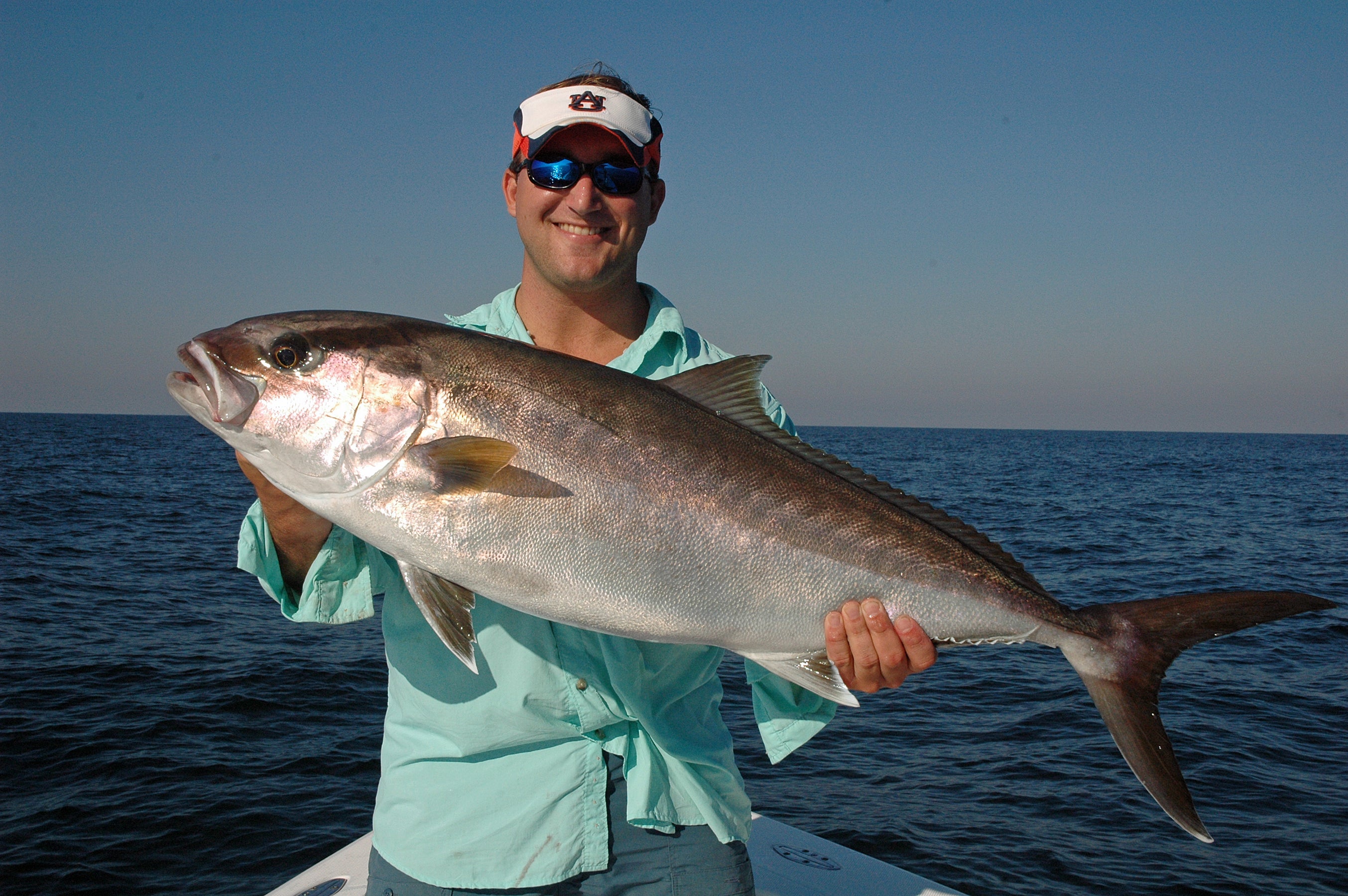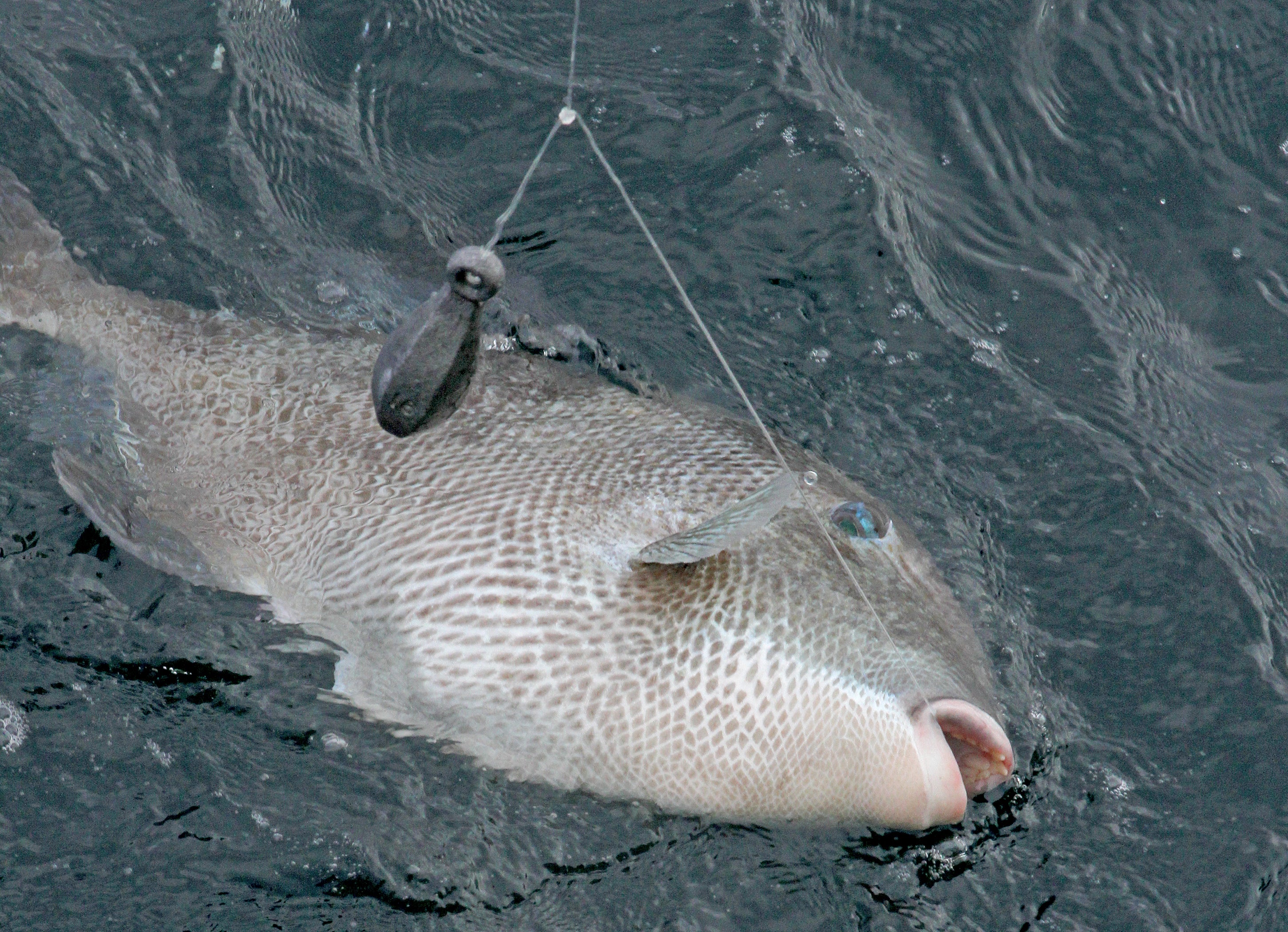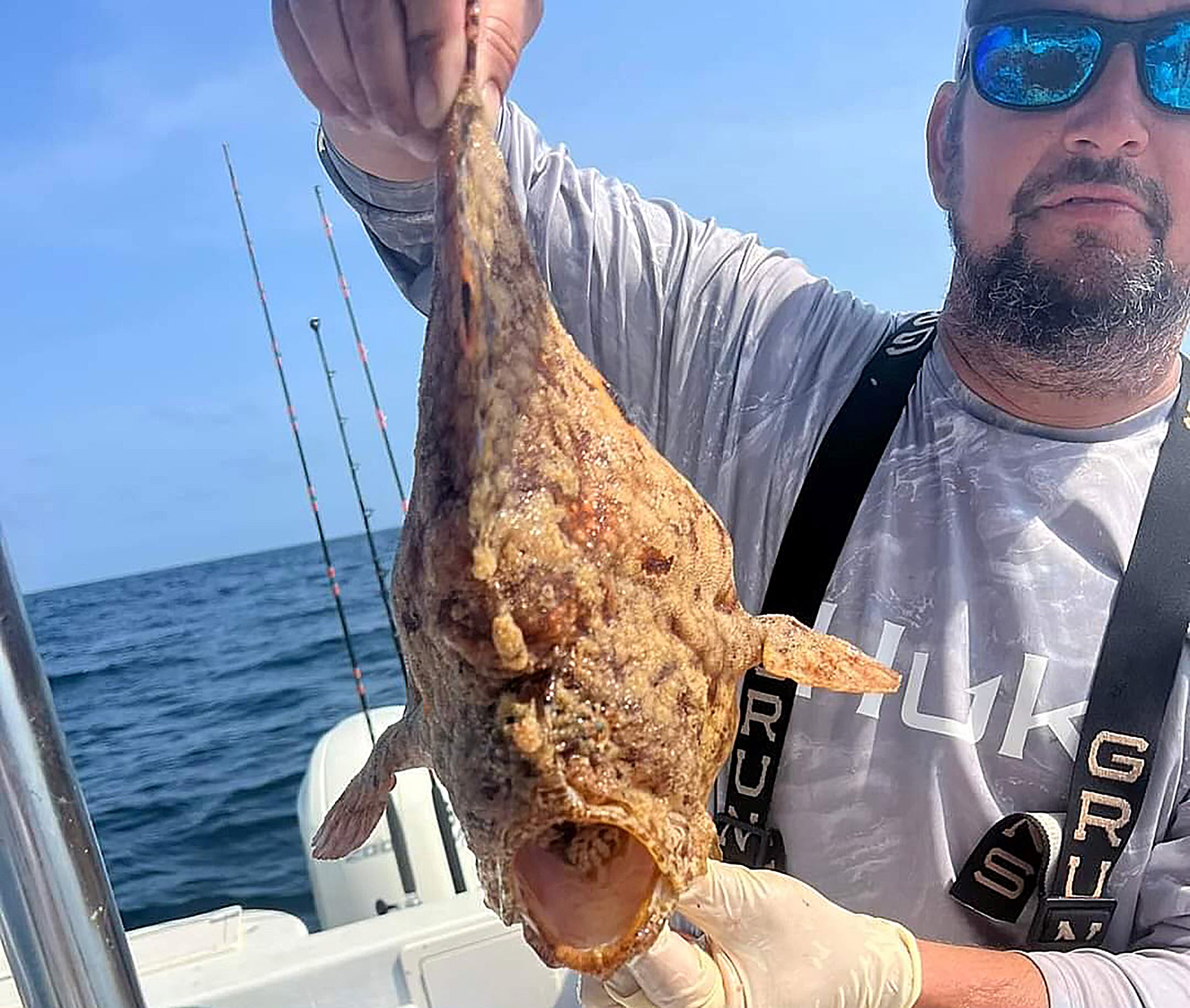By DAVID RAINER, Alabama Department of Conservation and Natural Resources
Many anglers who venture into the Gulf of Mexico do it just for the wonder of experiencing the open sea, with the probability of hooking some of the many fish species available off the Alabama Gulf Coast. Others also are looking for that adventure but enjoy seeing the fish box loaded with species that make outstanding table fare.
If you fall into the latter category, August will be the time to book one of Alabama’s charter vessels to catch Alabama’s premier reef fish species – red snapper, greater amberjack and gray triggerfish. Private recreational anglers will have to wait to see if any red snapper quota remains in August, but they can definitely enjoy the amberjack and triggerfish fishing.
Unlike last year, when the season ended on October 31, anglers will only have a short window to take advantage of the greater amberjack fishing this year. NOAA Fisheries recently announced a significantly reduced amberjack season for 2023 of August 1 through August 24. The recreational amberjack quota is 335,320 pounds with a daily limit of one per angler and a 34-inch minimum fork length.
“As the announcement mentioned, greater amberjack is considered to be ‘overfished,’ which means too many fish have been harvested and the stock is too low, and it is experiencing ‘overfishing,’ which means too many are being caught,” said Scott Bannon, Director of the Alabama Department of Conservation and Natural Resources’ (ADCNR) Marine Resources Division (MRD). “NOAA Fisheries has an obligation to protect the species. The Gulf of Mexico Fishery Management Council (Gulf Council) is involved in that. Previous efforts weren’t helping, so stricter catch limits were instituted. To keep the harvest in check, it required modification to the commercial and recreational quota. If the quota is not met during the August time period, it will reopen in May 2024.”
The August season for amberjack applies to both federally permitted for-hire vessels (charter boats) and private recreational anglers because the species is not regulated under sector separation like red snapper, which has separate quotas for for-hire vessels and private recreational anglers.
Bannon hopes the private recreational anglers, who are allowed to fish for snapper on Friday-through-Monday weekends, will be able to enjoy the bottom-fishing trifecta of amberjack, red snapper and triggerfish in August, but the private recreation angler snapper season is determined by the projection of when its quota of 591,185 pounds will be met. As of July 17, recreational anglers had landed 443,027 pounds of red snapper.
“During most of the month of August, you can definitely catch snapper, AJs and triggerfish on for-hire boats,” he said. “For the private anglers, we’re averaging about 72,000 pounds of snapper a weekend. Traditionally this time of year, the snapper catch drops. The fish seem to be harder to catch in July, so it will be interesting to see if any recreational snapper quota remains after the rodeo (Alabama Deep Sea Fishing Rodeo at Dauphin Island July 21-23).
“For all the recreational anglers, whether for-hire or private angler, it’s always a challenge to realize the benefits of season dates across the Gulf.”
Bannon said some anglers are reporting catching smaller red snapper than recent years, but that doesn’t apply to all bottom fishermen.
“Our staff surveyed a 40-pound red snapper during one of our dock checks,” he said. “That is a hoss. When they get that big, they don’t look real and can be 40 to 50 years old. But our staff also checked several snapper in the 20s.”








